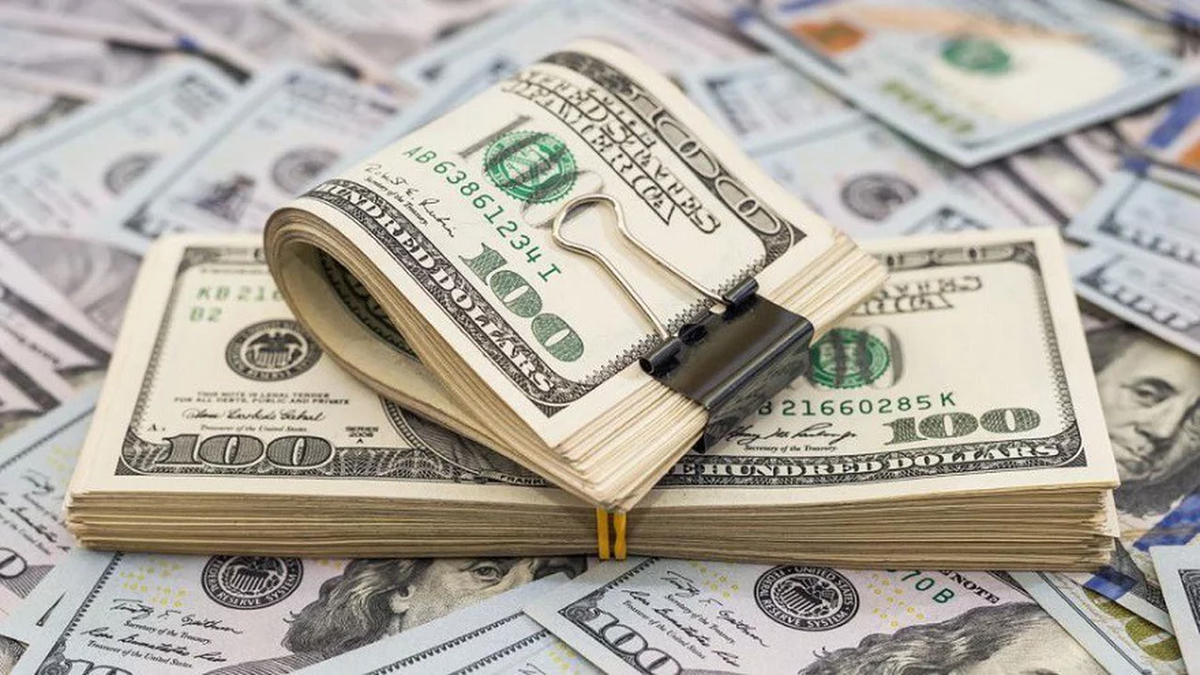The inflation of November stood at 2.4% monthly, according to the INDECa fact that was celebrated by the Government and that even motivated the Minister of Economy, Luis Caputoonce again ratified that the lowering of “crawling peg” at 1% it is closer. In fact, the market began to risk dates on which this measure would take place.
“November inflation ended up being much lower than the 2.8% predicted by the REM: the general inflation rate was 2.4% and it was the lowest record since July 20, in the middle of the pandemic. The data was sensational no matter how you look at it: the core fell -0.3 percentage points to 2.7% and food inflation was just 0.9% (after 1.2% in October), cushioned the 3.5% increase in regulated prices,” the consulting firm 1816 said in its latest report.
That is why they recalibrated their “base scenario” and projected that after the December CPI is known, In mid-January, the BCRA will reduce the “crawling peg” from 2% to 1% monthlywhich “judging by the history of the last 15 years should contribute to deepening disinflation in early 2025,” they noted.
From Outlier match the forecast. For them, reducing the “crawling peg” seems to be “closer” because the explicit condition for that was that three consecutive months of “induced inflation” around 0% were recorded. “We believe that this would be the case mainly because of the political value in the face of a 2025 election that would have manage to break the 2% monthly and try to reach the elections around, or below, 1% monthly“, they expressed.
And, furthermore, they explained that “it would not imply anything other than deepening the formula that brought it here. That is, using tradables as a spearhead. Which, in addition, is complemented from January 2025 with the elimination of the PAIS Tax“.
“Reducing the ‘crawl’ is necessary to deepen disinflationtop priority facing the midterm elections. Unregulated goods, which weigh 64.9% in the CPI basket and are the channel of transmission of a lower devaluation expectation, would put downward pressure on general inflation. It is also key to slow down the pace of devaluation to “make the spread attractive between the rate in pesos and the pace of devaluation.”they added from PPI.
Tradable goods: the key to continuing the disinflation process
The tradable goods They are those that can be bought, sold, exported or imported nationally and internationally. How can they be food and beverages, clothing, technology, books, machinery, and video games. On the other hand, there are the services, those such as electricity, water or gas. Analysts agree that tradables are the key to continuing the disinflation process.
Thus, since Outlierthey reviewed the journey of both areas during the last few months. “For three months now, the service inflation rate has remained above 4% compared to an inflation rate in goods that shows a much more pronounced drop, going from 3% to 1.6% during the same period period. Even at the item level, it is observed that what was mentioned is not explained by rate issues (it even includes months with few increases, such as October). If you look at the November data, you can see that the only service category that had inflation well below 3% was communication. The rest around 3%, or above.”
For this consulting firm, the Milei administration’s strategy to break downward an inflation dynamic that was maintained above 4% monthly was to achieve “effects” on the side of the price level of tradables. This is how they achieved it with the reduction of 10 points in the COUNTRY Tax rate and continued with lower tariffs and simplification of regimes and procedures for imports.
That is why, they explain, in this context it is expected that the inflation rate of goods falls faster than that of servicesbecause the tradable component of the goods is greater. But they warn that, The Government’s monetary-exchange scheme includes the use of an exchange anchor with the “crawling peg” of 2% monthly.
For its part, since PPIprovided more information: “The focus remains on goods and, especially, on unregulated goods, which are the transmission channel for the “crawling peg” to the prices. Going to the numbers, goods (70% of the CPI) fell from 2.1% to 1.6%, so They broke the 2% barrier for the first time since this devaluation rate was imposed in December 2023“.
This means that the goods They reached their lowest speed since December 2017. Thus, they decreased from 2.2% to 1.5%. “This strong slowdown does not contemplate that, as of 11/26, the payment on account of the COUNTRY tax should not be made, which in practice implied the elimination of the tax almost a month earlier (it expired on 12/23). This should put downward pressure only in December and January“.
The market adjusted to the decline in inflation
After knowing the CPI data, The Lecaps compressed the rate in the secondary market and were between 2.8% and 2.45%. “In this case we believe that the notion prevails that rates are already high enough,” they said from Outlier.
For its part, Juan Manuel FrancoChief Economist SBS Groupexpressed: “The peso market celebrated the positive surprise in the November inflation data, with fixed rate curves that showed significant gains after the data was known.”
“The next Treasury auction is not scheduled, but we assume it will be on January 15 (to face the $1.7 trillion maturity of S17E5), one day after December inflation is published. We assign high chances that this auction will already have a crawl of 1%.”they closed since 1816.
Source: Ambito
I am Pierce Boyd, a driven and ambitious professional working in the news industry. I have been writing for 24 Hours Worlds for over five years, specializing in sports section coverage. During my tenure at the publication, I have built an impressive portfolio of articles that has earned me a reputation as an experienced journalist and content creator.




